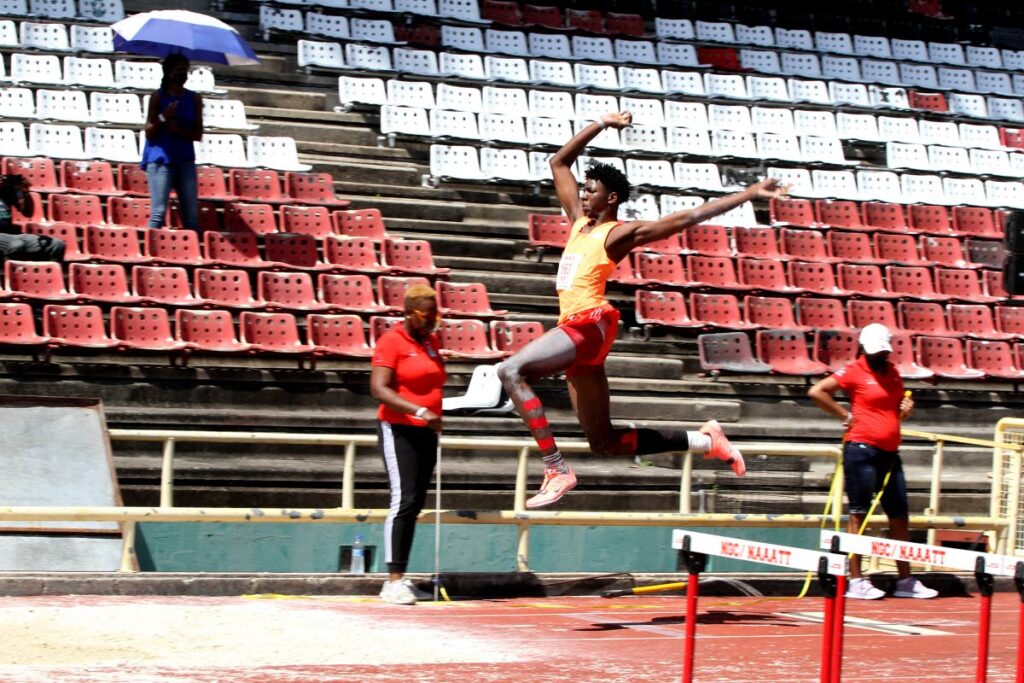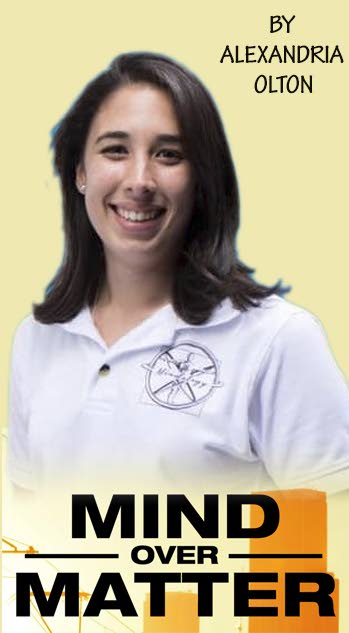The great return

AN announcement both long-awaited and hoped for, finally granted...On January 24, Minister of Sport and Community Development Shamfa Cudjoe announced via press release the opening of safe-zone sports. Within minutes of the announcement sighs of relief echoed across social media platforms from coaches, athletes, and parents alike. I too shared in the joy of what this means for so many amateur athletes who have longed for the day they can return to their beloved fields, tracks, and courts to participate in the training sessions and competitions they so love.
However, the pandemic has and continues to endure and indeed amateur/non-elite sport has been restricted for most of it, so this return to play is not a simple process of “get back out and pick up where we left off.”
While I am certain there are many parents keen to get their young athletes out of the house and playing, there is a multitude of physical, mental, and emotional factors that we as coaches and administrators must acknowledge and prepare ourselves and ultimately our athletes for.
In-depth research has been conducted since the onset of the pandemic to provide insight into this very topic. Drummond, Prichard et al. (2021) identified four main themes related to the impact of covid19 on youth sport.
Recognising Struggle: Undoubtedly, mental and emotional struggle has been a common theme among most during these tumultuous times and forced many of our athletes, coaches, and sporting organisations to face and overcome adversity. This great emotional experience may have left a lasting impact on many of our junior athletes, and it is therefore imperative for coaches to acknowledge this when interacting with them in person. An athlete who may have been able to recover from mistakes quickly or accept criticism prior to the pandemic may respond slightly differently, or the athlete who was often outspoken and highly extroverted may now be quite muted. The importance of us recognising these minor differences allows coaches and technical staff to create a safe and comfortable environment for our junior athletes to express themselves freely. For many, it may be the first time they can get away and just enjoy themselves and do something they love which will ultimately aid in their overcoming this difficult time.
Reconnection: This theme is fairly self-explanatory in that the return to sport is exactly that…a reconnection: with peers, teammates, coaches, competitors etc. Intrinsic motivation is driven by a sense of relatedness, one of the basic human needs as defined by Maslow’s Hierarchy of Needs is belonging. The return to play creates an environment for our athletic population to reconnect with themselves and their sporting identities as well as their teammates. It’s certainly another factor for coaches to consider allowing time within sessions for freedom of expression and play among the athletes. The strict and structured training regimens will return with time but perhaps widen the boundary lines of informality initially and draw them in as time goes on.

Re-engaging after restrictions: While much of the physical environment will look the same there are indeed several changes within our world of sport from mask-wearing and social distancing to sanitising and temperature checking prior to and during training sessions and competitions. There are new and inherent risks of exposure and the accompanying fears and anxieties. It would certainly be helpful to encourage discussion and openness among athletes and between athletes and their coaches around these new changes. Allow the athletes to indicate when they don’t feel comfortable or “safe,” and encourage honesty about their physical health and wellbeing. Additionally, extending this open environment to the parents and volunteers who lend support might certainly help to quell some fears. Many parents may be concerned for their young athlete’s wellbeing, and it is certainly helpful if the coaches provide reassurance and updates so that all feel “in the know” and are assured that all is being done to keep everyone physically safe.
Re-imagining sport: The final theme and perhaps the one with the most impact is that of re-imagining sport. The researchers found that during their interviews and focus groups many of the participants reflected on “what mattered most,” for youth sport. Indeed, the pandemic on a larger scale highlighted for many of us what is most important and what is of value in our lives. Understanding how real our mortality is and the value of love and family and community. These notions now extend within youth sport, the value of sport to young athletes and coaches has been made apparent by its absence.
“I don’t think many people realise just how important sport was, it’s not just kicking goals or throwing goals or, you know, taking marks or placing tackles or dribbling up the court, it doesn’t matter. That’s simply the vehicle for the wellbeing of communities and that social fabric,” (Drummond et al., 2021).
During these initial stages of return to play it will be paramount for coaches to re-establish team values, goals and culture with their athletes. It is indeed the combined effort of all our sporting staff, volunteers, and administrators to rebrand our sporting values and culture and ultimately the future of sport.
Feel free to submit any questions to alexandriaolton@outlook.com


Comments
"The great return"